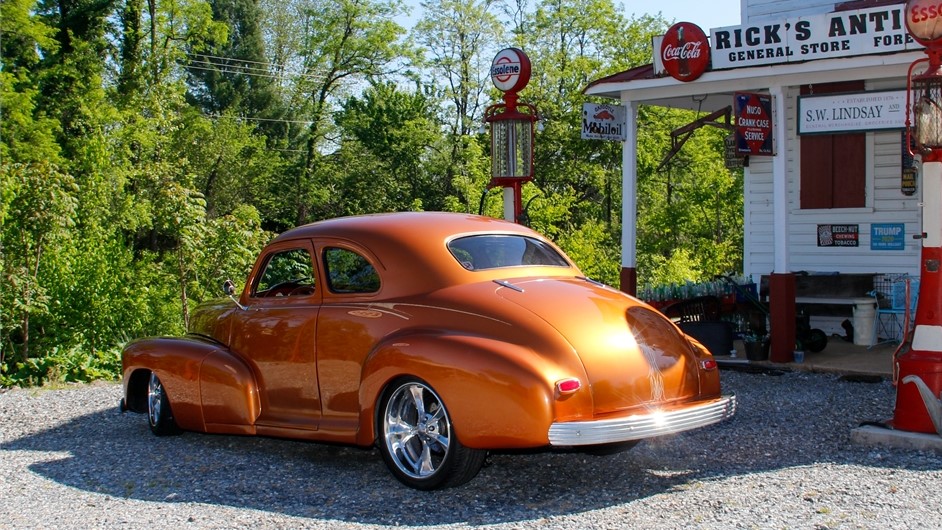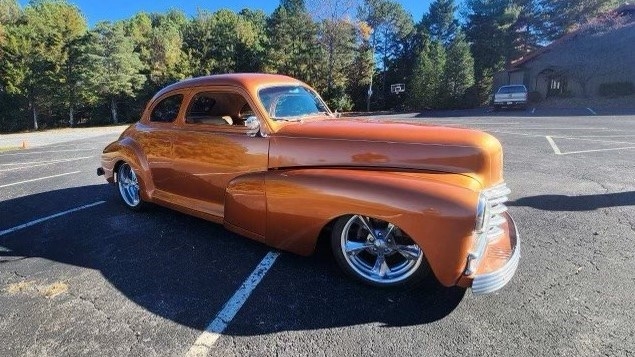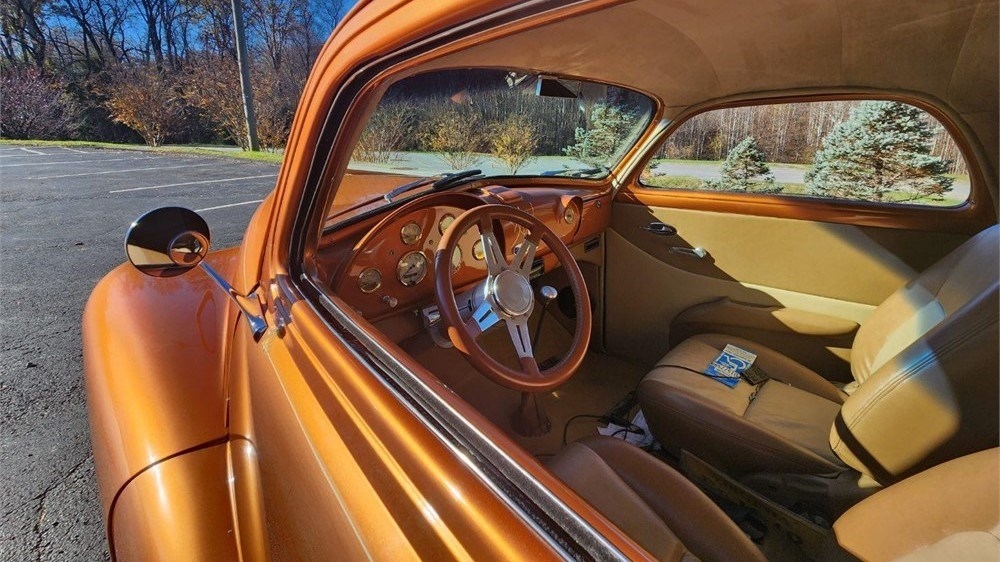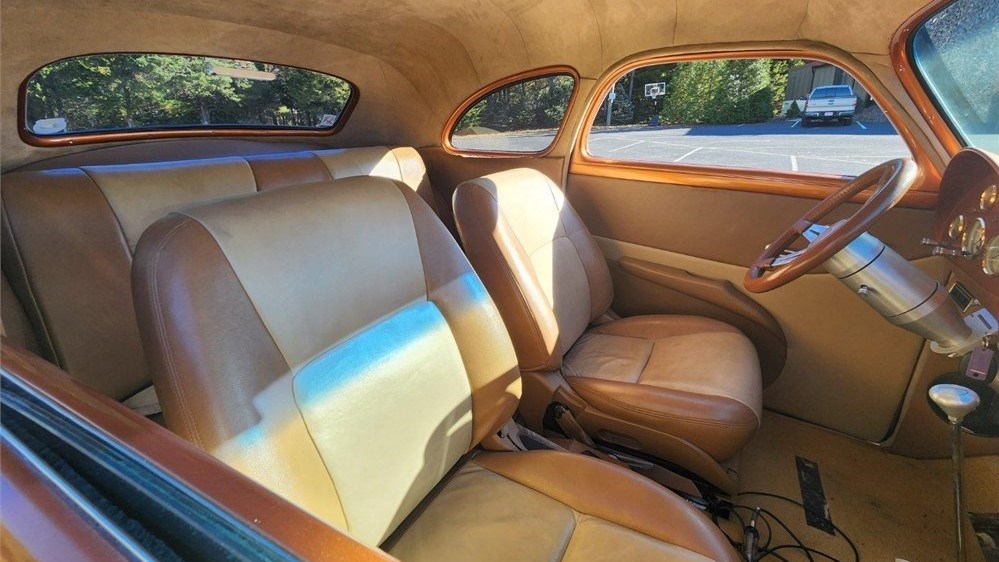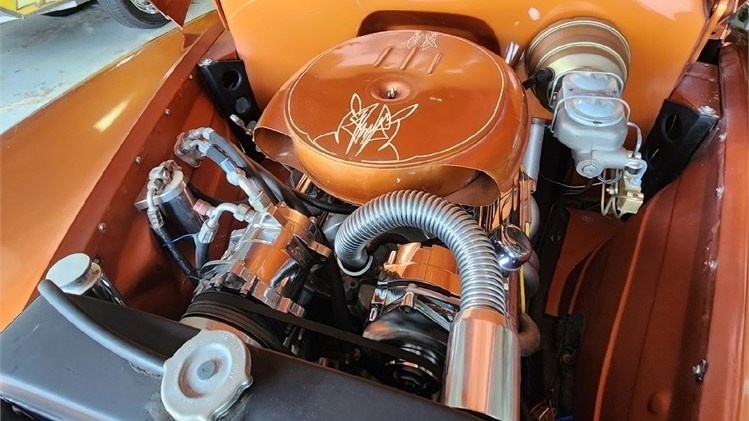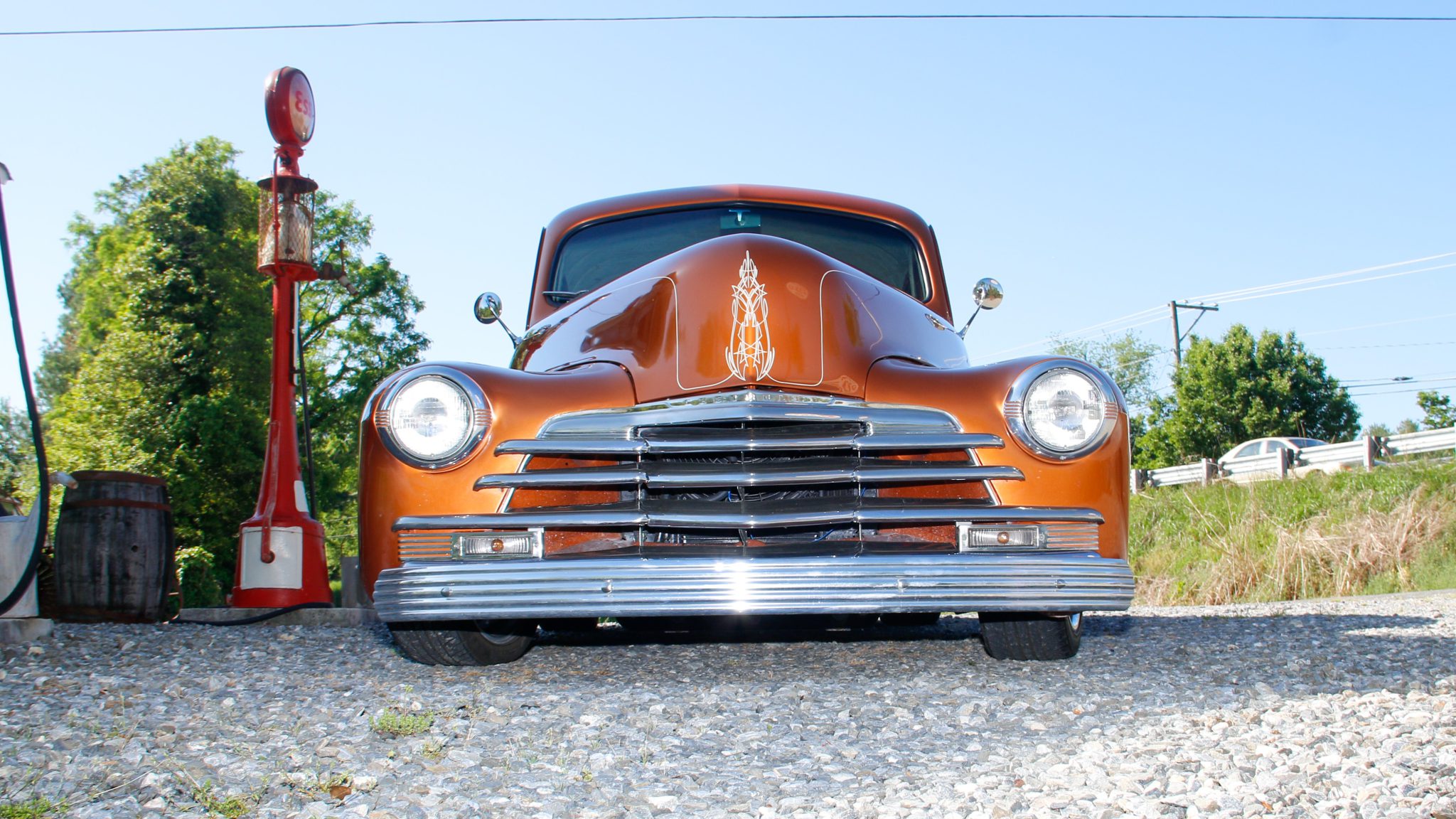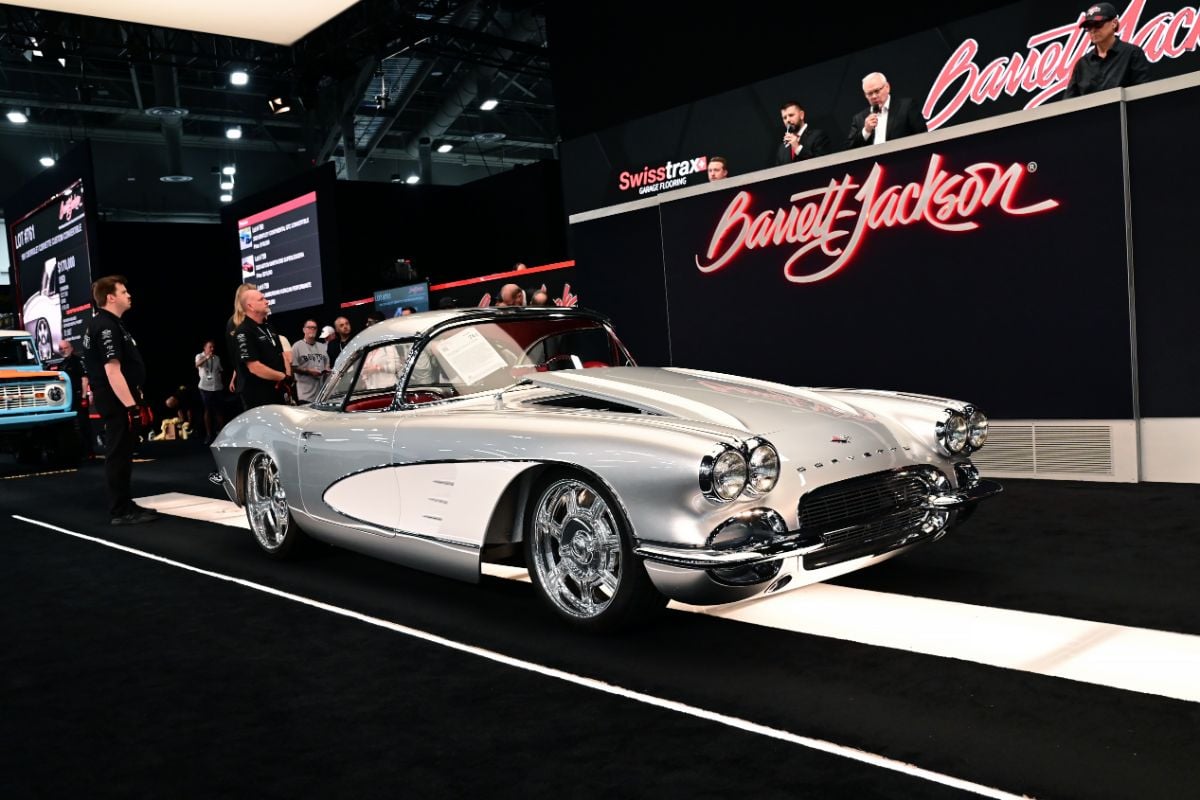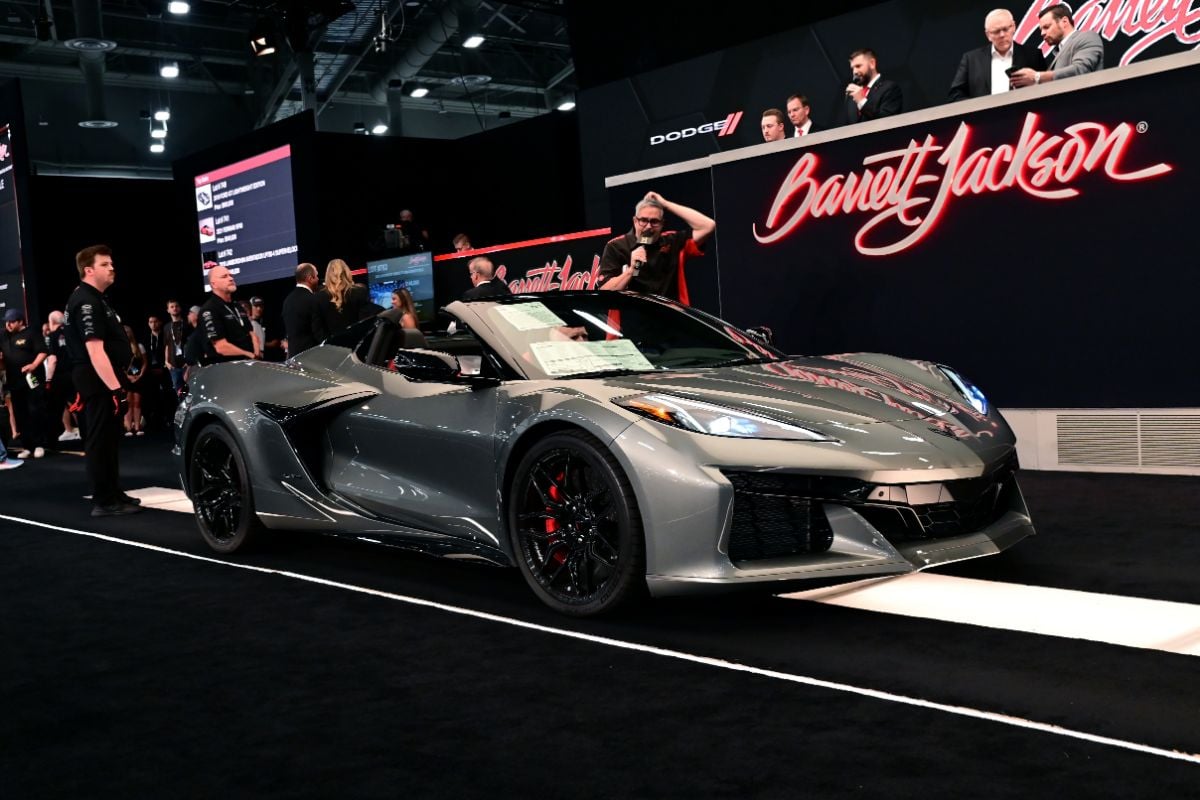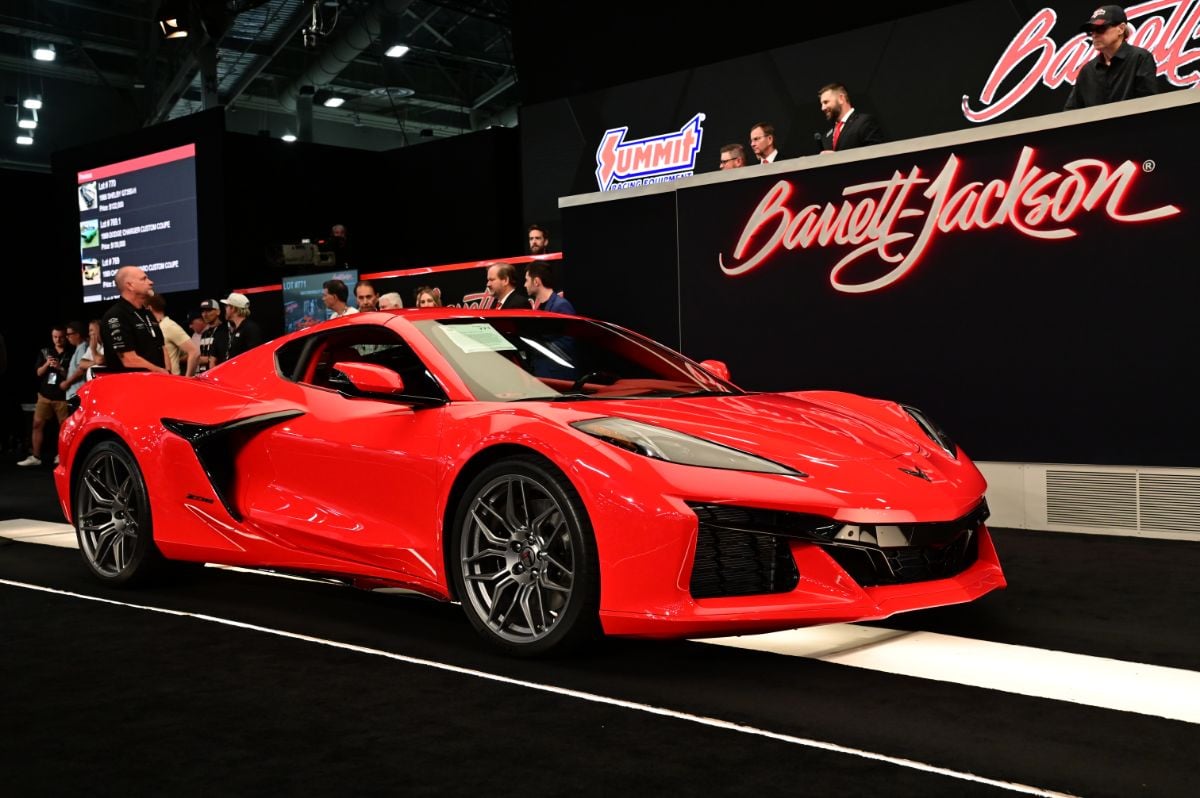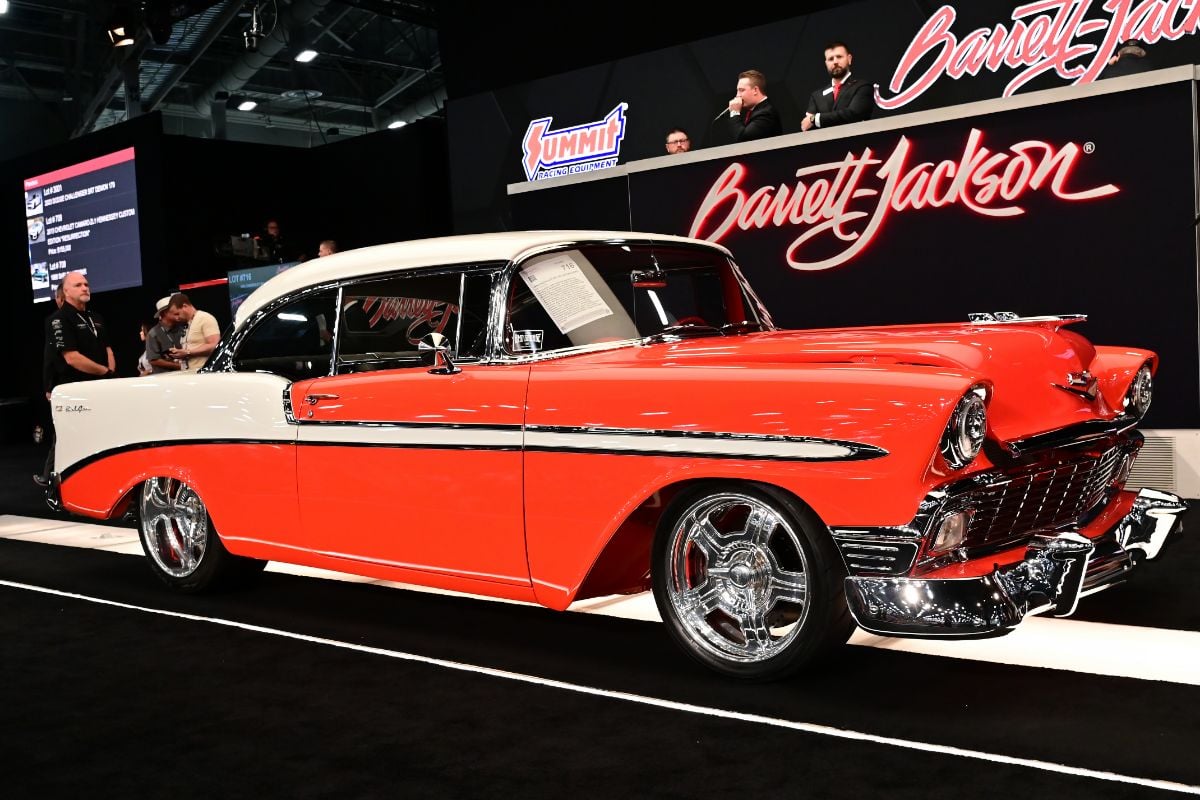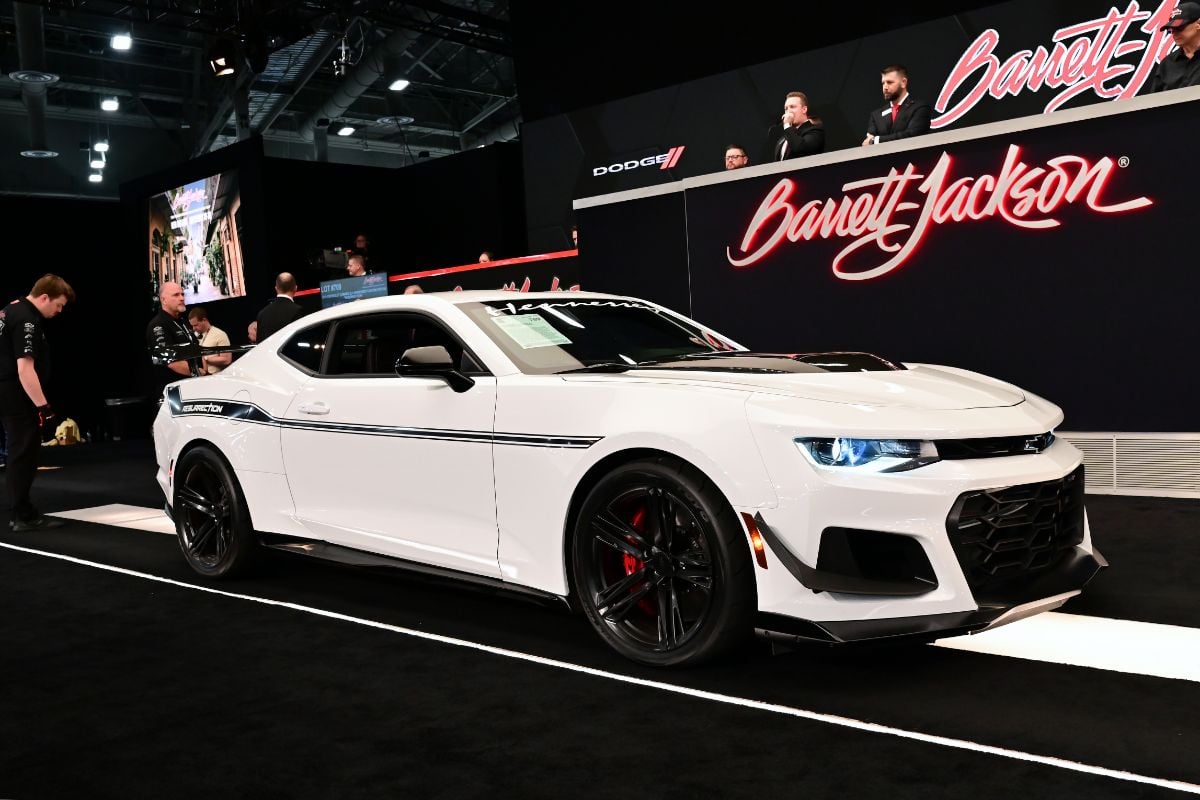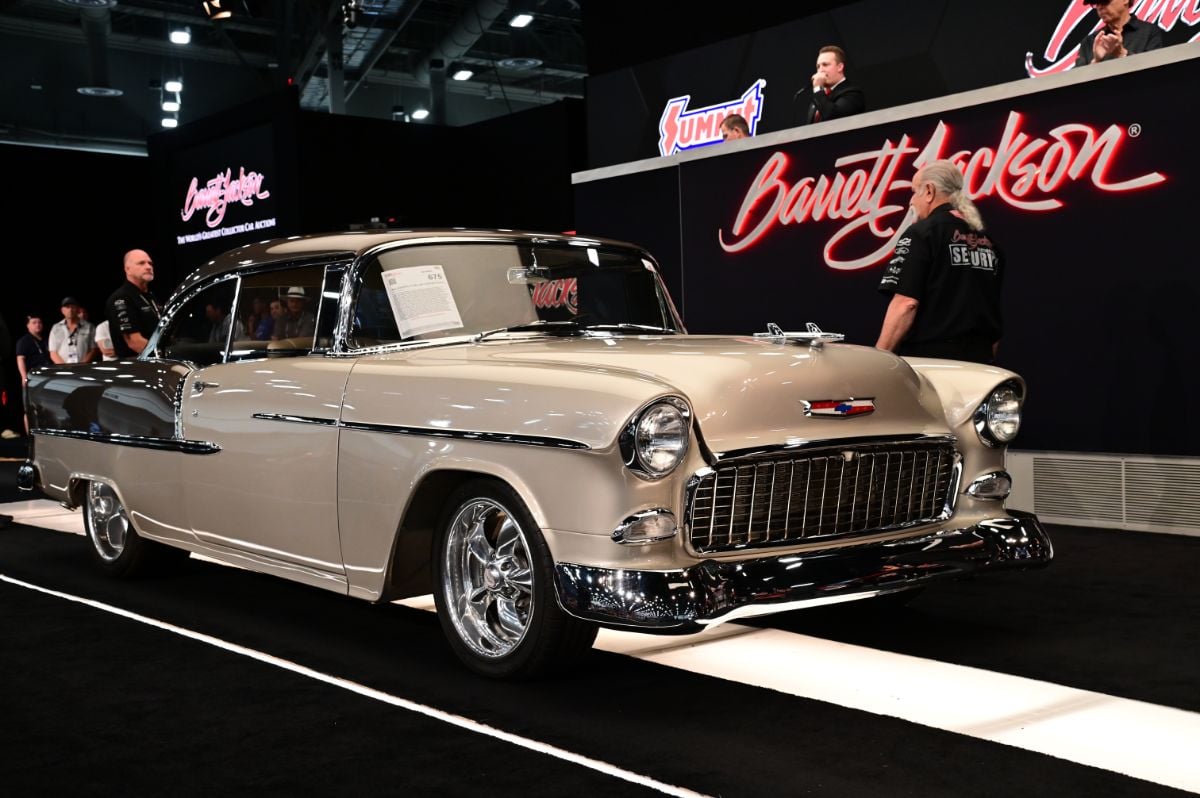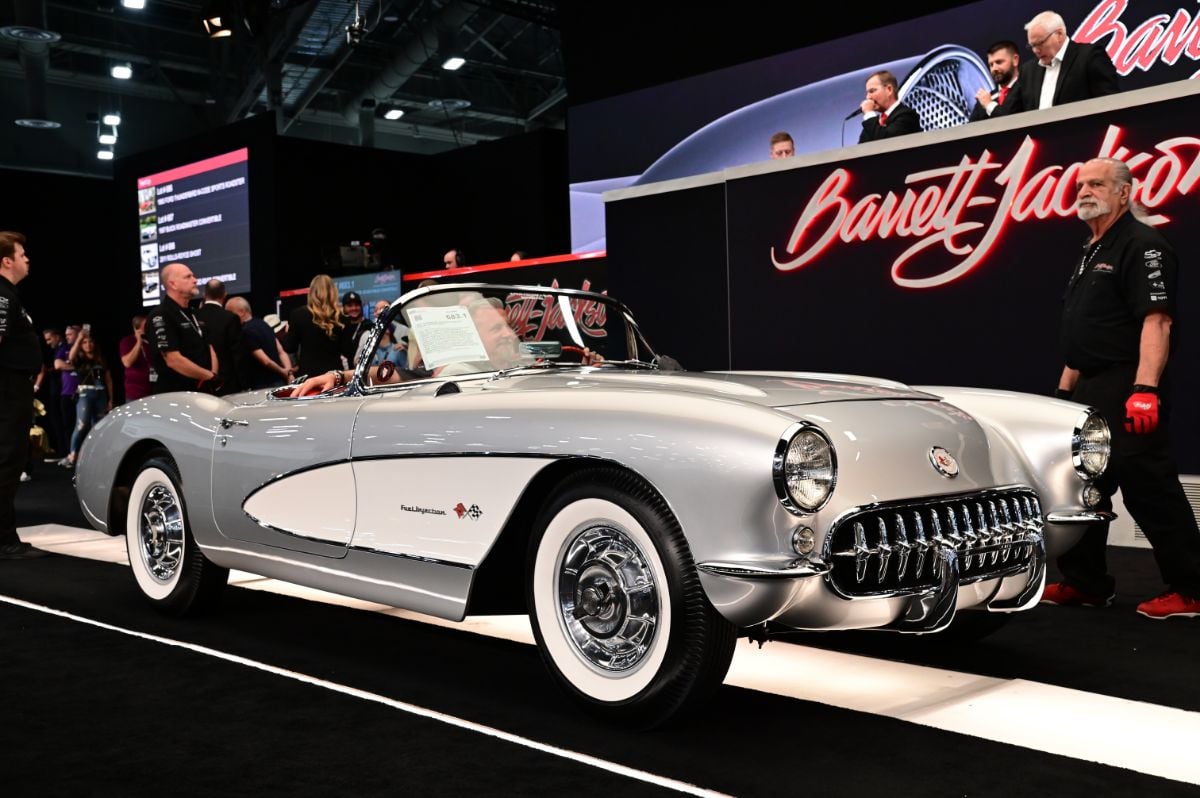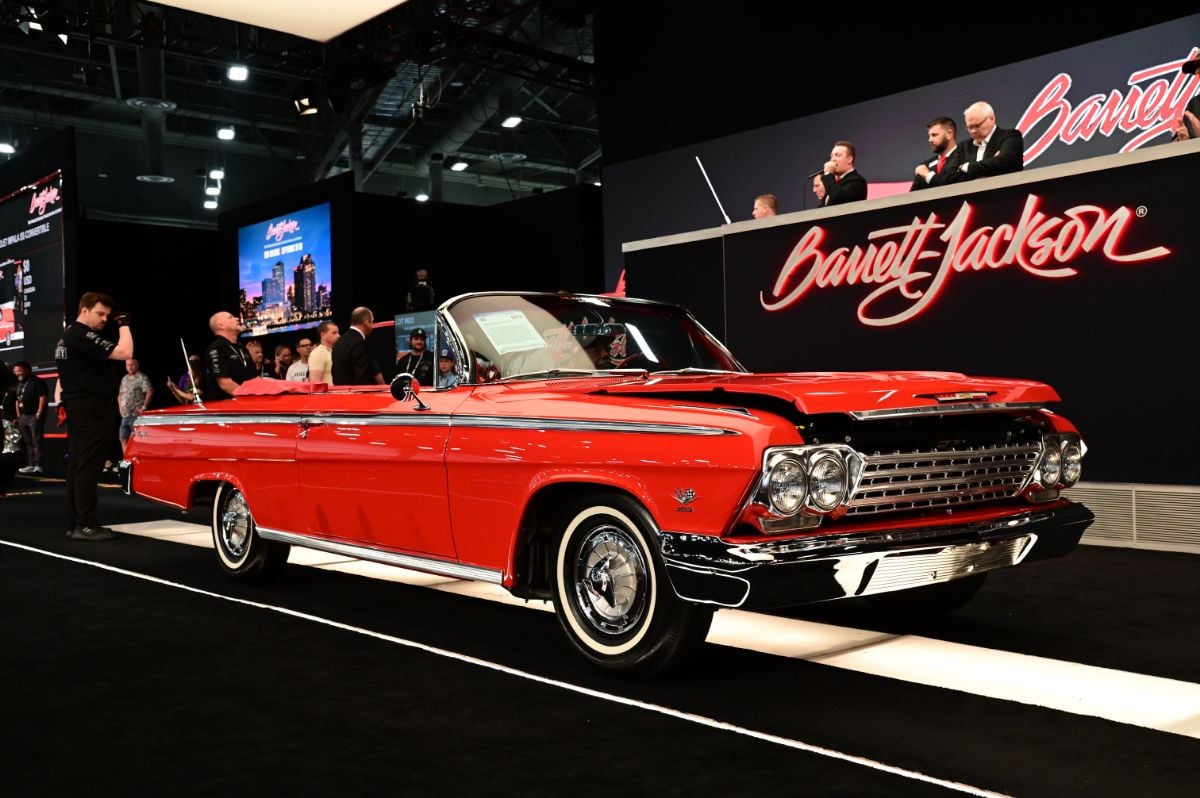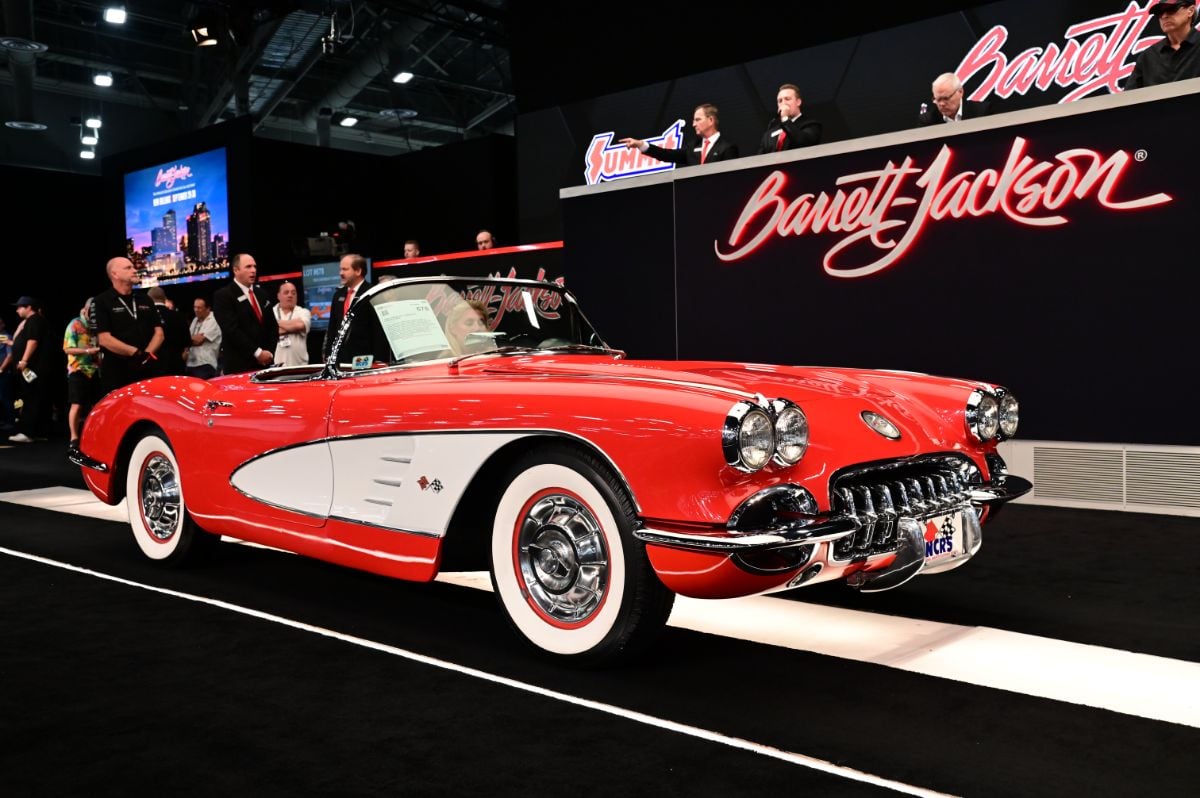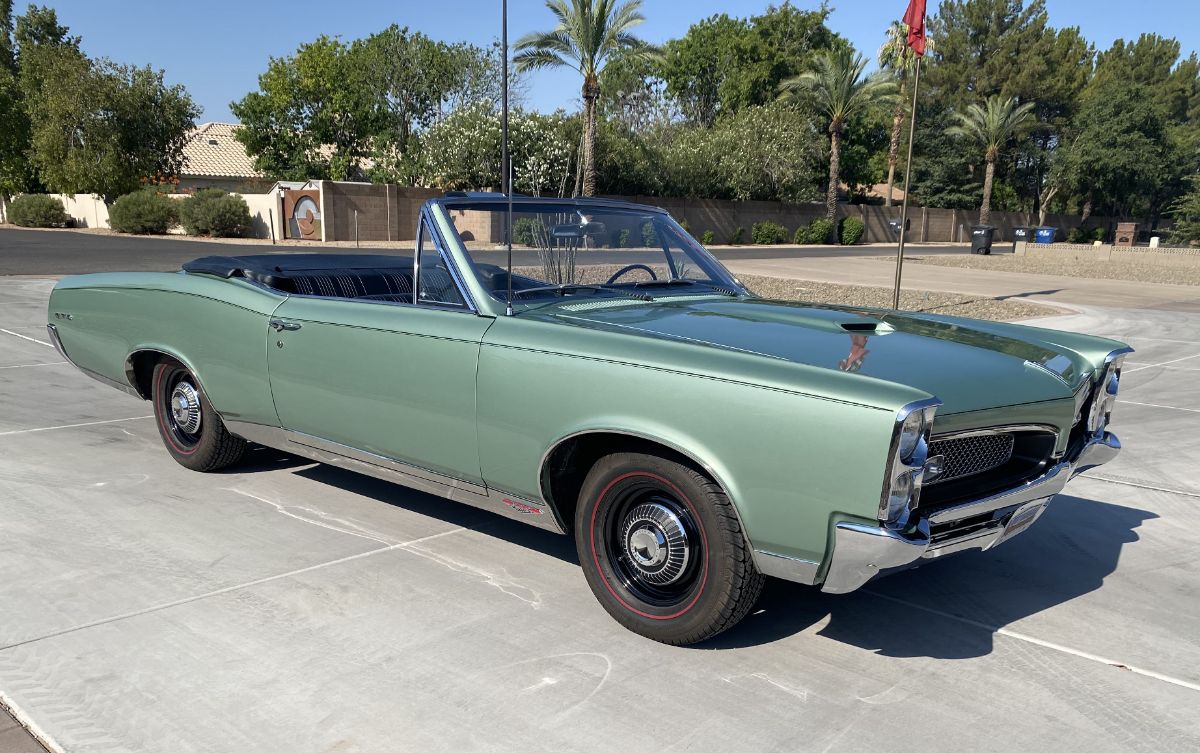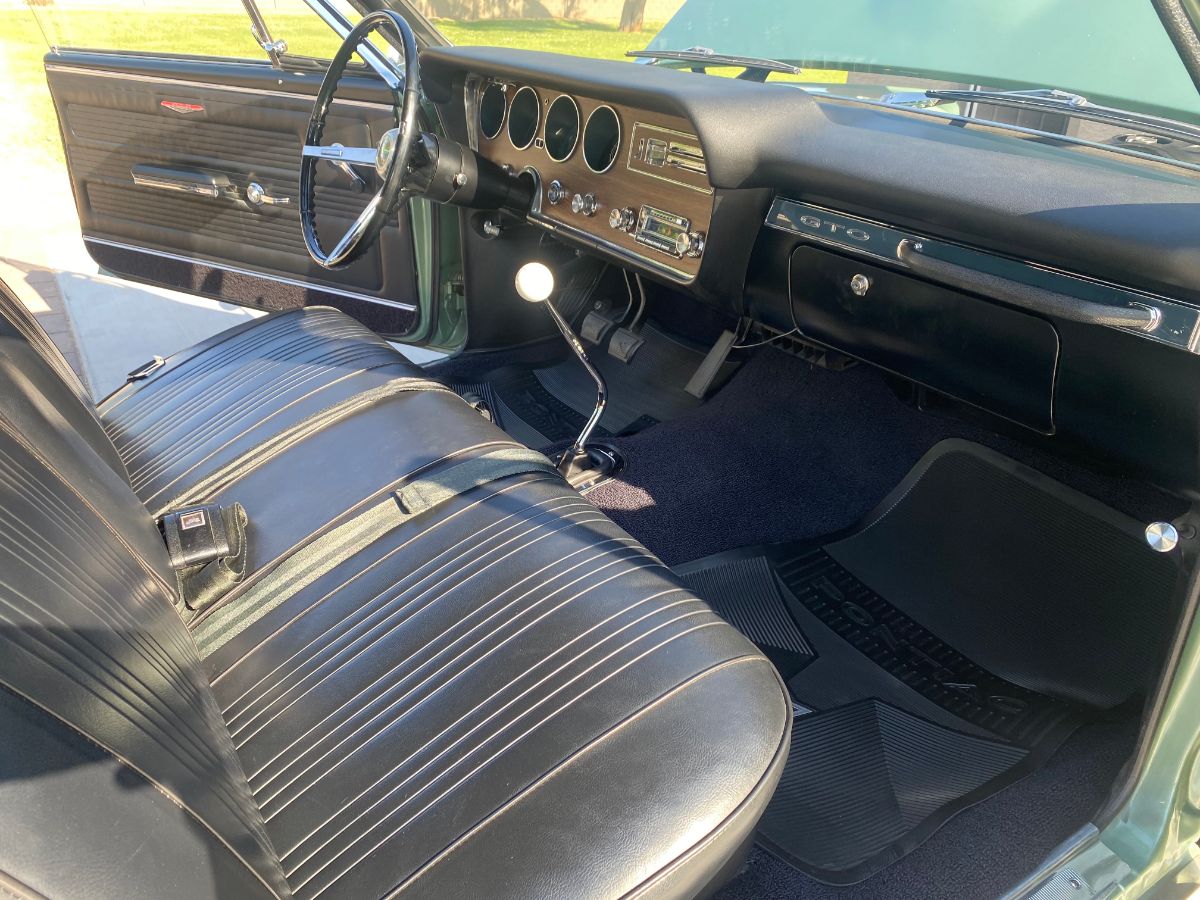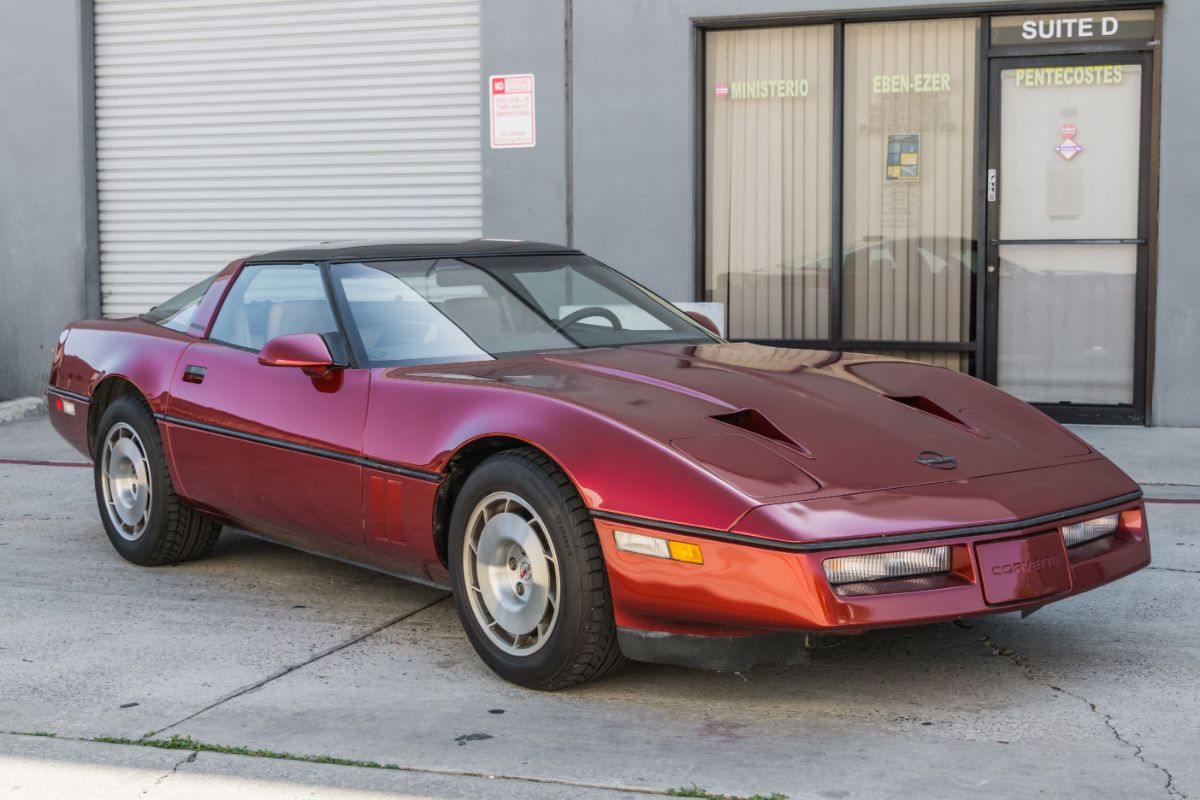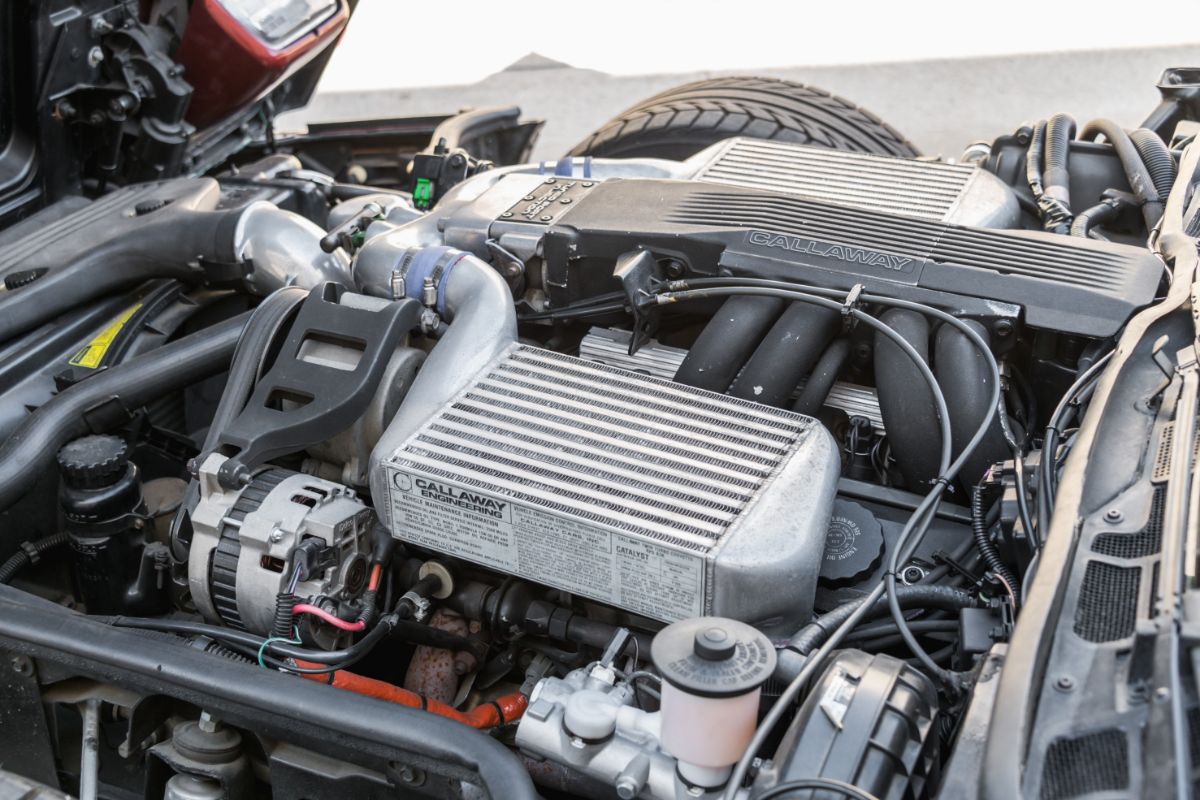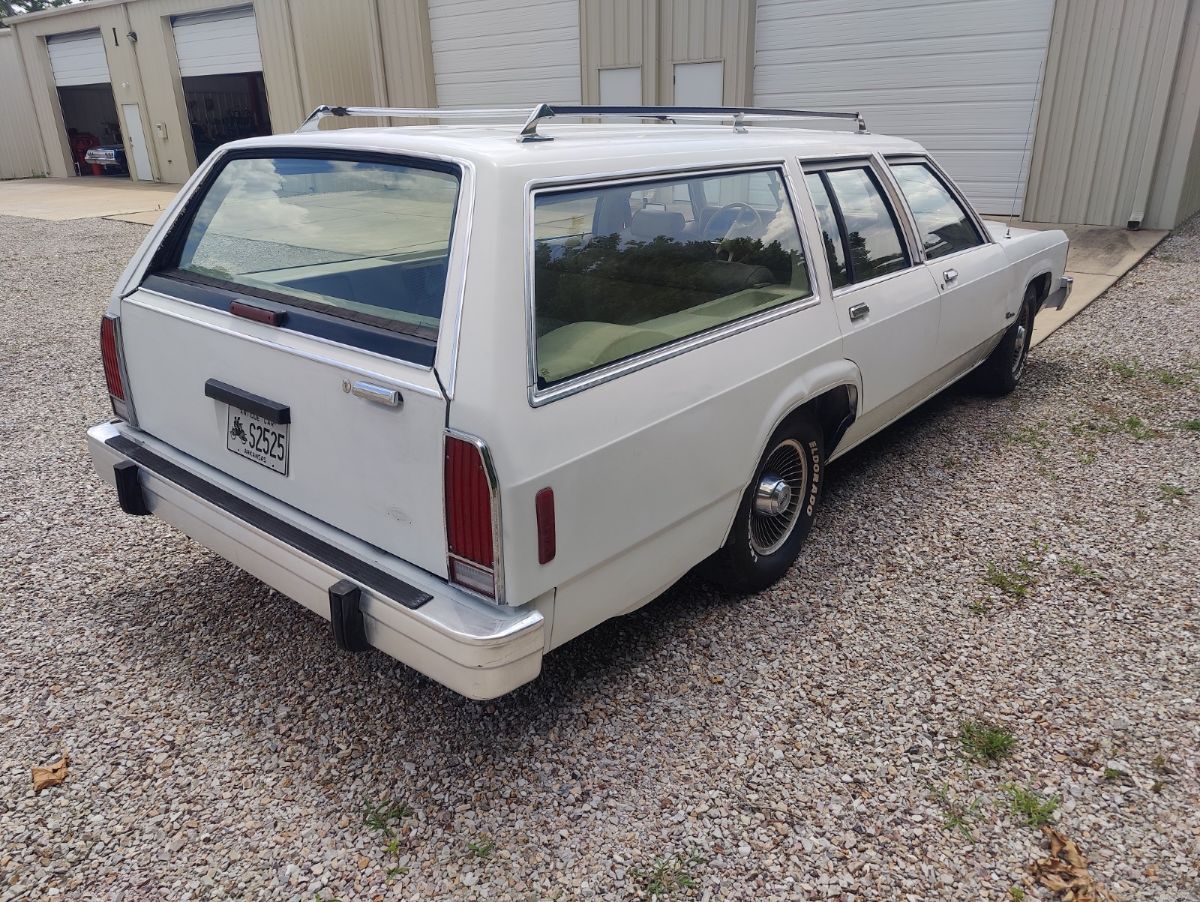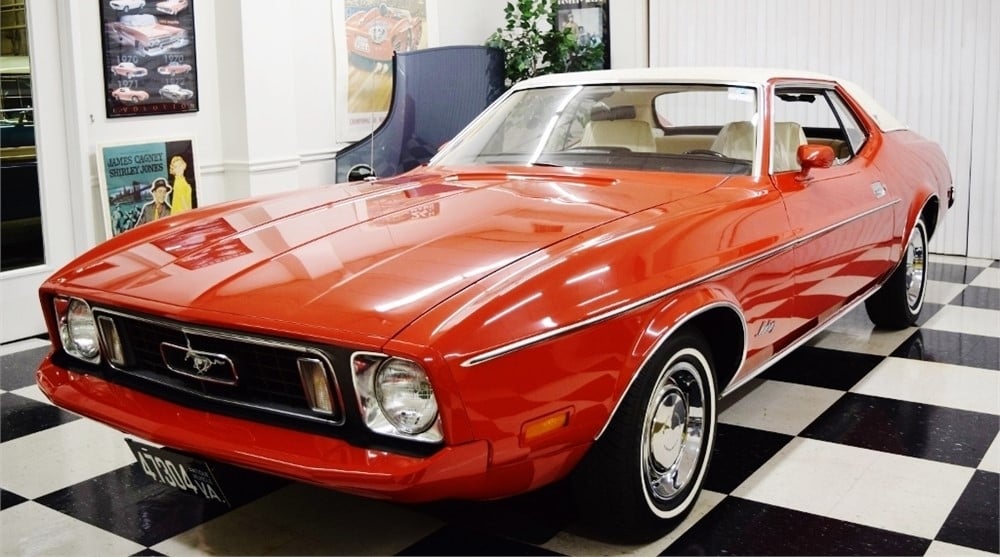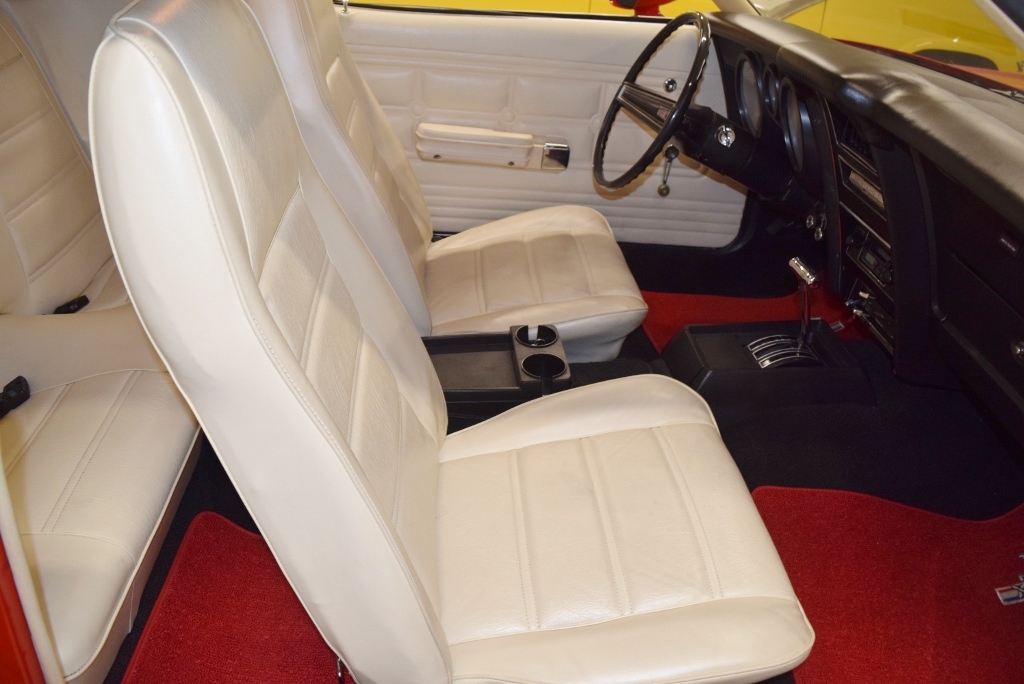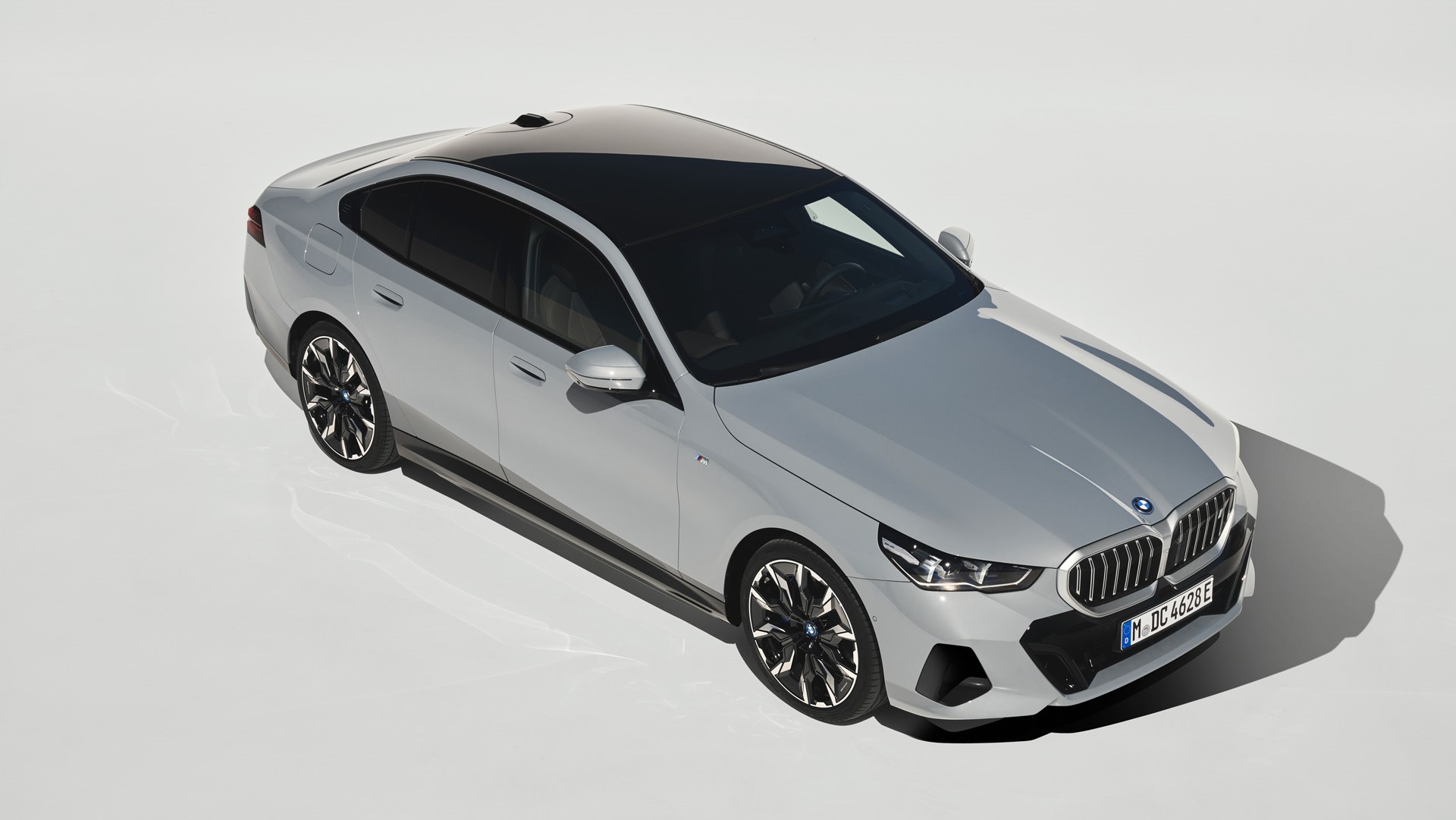Overview
The story is epic. Carroll Shelby’s raw, race-ready G.T. 350 broke cover in 1965, setting the stage for a stampede of Shelby American-modded Mustangs to come. The first Shelbyfied ponies crowded winner’s circles and attracted buyers to Ford showrooms but, over the course of the Shelby G.T.’s five-model-year run, the cars transformed from racers into stylish muscle cars. One thing was clear, however, as the curtain drew to a close and the house lights came up in 1970—the audience was calling out for more Shelby G.T.s.
A cult-like following developed in the ensuing decades—curated and cultivated in no small part by diehards in the Shelby American Automobile Club—and today, all of the Shelby Mustangs through 1970 are hot commodities among collectors. Yes, the purest of the breed are the original G.T. 350s, but the later cars make up for their lack of racing chops with unmatched style and a Shelby pedigree. The best road-going Shelby Mustangs, and the ones most deserving of the grand tourer moniker? It has to be the G.T. 500s with their big-cubic-inch power and more luxurious appointments.
The G.T. 500 story began with the ’67 Ford Mustangs, which were larger, heavier, yet more polished than their predecessors. Plus, there was also more space between the front shock towers for Ford’s FE-series V-8 engines. To give the G.T. 500 more might than a 390-powered Mustang, Shelby went to the Ford parts bin and pulled out the 428, then topped it with dual carbs and some racy-looking finned-aluminum trim pieces.
But the ’67 model year also marked a turning point in the production of the Shelby-tuned Mustangs. These cars weren’t shipped to Shelby American for full makeovers with competition chassis and engines; instead, they were given some more conventional tweaks and a full-tilt Shelby styling treatment. Shelby American installed a new fiberglass hood with scoops, air intakes on the quarters reminiscent of the GT40 race cars, and an aggressive fiberglass nose with added lights as well as a ’glass tail piece. Inside, there was a roll bar with inertia-reel shoulder harnesses, a wood steering wheel, stylized interior trim, and full instrumentation that included an 8,000- rpm tach and 140-mph speedometer.
For ’68 there were refinements as well as cosmetic updates and the legendary G.T. 500 KR arrived mid-year, powered by the 428 Cobra Jet. Notably, however, production shifted away from Shelby American to A.O. Smith in Michigan and a rift between Shelby and Ford over the Mustang program widened.
The ’69 Shelby G.T.s were sort of “Shelby by association” and given a distinctive makeover by Ford stylists with custom fiberglass and plastic body parts. They were bigger and heavier than ever, and a major departure from the Shelby-American-made ’65 originals, but they definitely stood out—even in a market packed with flamboyant muscle cars. These cars also marked the end of the Shelby/Mustang line (for a while) as the ’70 editions were ’69s updated with 1970 VINs.
So where does all of this leave the aspiring ’69-’70 Shelby G.T. 500 owner today? The ’69-’70 editions might be the most approachable of the breed, but they’re still six-figure cars. We’ve seen nice-looking fastbacks change hands at auction for $100,000-$120,000 recently while convertibles have commanded $130,000-$150,000. Meanwhile, popular price guides are more optimistic setting the average price of a fastback at $150,000 and a convertible at $190,000. Over the last three years on Hemmings.com, the average asking price of a 1969 G.T. 500 (convertibles and coupes) was $155,000. The highest asking price was $220,000 while the lowest asking price was $88,000. In that same period, the average asking price of a 1970 G.T. 500 was $160,000 with a high of $200,000 and a low of $130,000.
These cars qualify as low production, which helps boost their values. SAAC data says there were 1,157 1969 G.T. 500 fastbacks and 214 convertibles built. For 1970, there were just 380 fastbacks and 90 convertibles. Despite that scarcity, these cars turn up for sale regularly. As of this writing, on Hemmings.com, there were five 1969s listed and two 1970s. Among the group was a fastback with an unusual Grabber Green exterior over white interior color combination, reported to be a one-owner, unrestored car and driven just over 26,000 miles. The listing price by a private seller was $175,000. All that said, values for these cars have only begun to regain their pre-2008 financial crash highs, and it’s hard to say how much they’ll appreciate over the coming decades. Traditional buyers of these cars are well into retirement and perhaps not as interested in owning their dream muscle car as they once were.
Still, if your pockets run deep enough to afford the price of admission, this is a great way into the cult of Carroll Shelby. The 1969-’70 G.T. 500s are beautifully styled and can offer miles and miles of quality grand touring time.
Body
The 1969-’70 Shelby G.T.s were based on the production Mustang yet, through the magic of glass fiber and resin, they looked completely different. The ducted front fenders? Fiberglass. Scooped, ducted hood? Fiberglass. Trunk lid and rear taillamp surround? Fiberglass and more fiberglass.
The custom bodywork on the Shelby made it almost 4 inches longer than a Mustang, and the makeover required about two-dozen unique parts in total. The Shelby G.T.’s roof, quarter panels, doors, and floors are shared Mustang sheetmetal stampings. So too are the inner panels in the engine compartment that serve as attachment points for the front suspension and the welded-in rear rails that tie into the boxed-in rockers. Students of early Mustangs will recognize all of these structural bits as potential areas for rot and metal fatigue requiring a lot of labor to fix properly. All of the structural pieces are available from the aftermarket (or the diminishing supply of rust-free donor cars), but it’s crucial that they be installed straight and securely.
Finding all of the sheetmetal for a 1969- ’70 Shelby isn’t difficult and the fiberglass bits are reproduced as well, which brings us to the question of authenticity—it’s a debate that’s been raging for decades (just do a Google search for “Shelby rebody”). Is a Mustang shell with tags removed from the carcass of an irrecoverably rusted or wrecked Shelby still an authentic car? Regardless of where you stand, swapping tags from one body to another opens a can of worms from a legal perspective and the resale value is murky. The best advice we can offer before buying one of these cars is to join SAAC, consult their experts, get your hands on a copy of the 1968-’70 registry, and do your homework. Buying a car with a documented history may cost more upfront, but will pay dividends down the road. (Incidentally, VIN decoders for 1969-’70 Shelby G.T.s are widely available, but the VIN should have 48 in the 6th and 7th positions denoting a Shelby and an R in the fifth position for a 428 CJ.)
Chassis and Brakes
The bad news about the 1969-’70 Shelby underpinnings? Everything was shared with the Mustang Mach 1 and nothing was particularly cutting-edge or exotic. The good news about the 1969-’70 Shelby underpinnings? Everything was shared with the Mustang Mach 1, and nothing was particularly cutting-edge or exotic. Up front, there was independent suspension with ball joints, A-arms, and coil springs mounted above the upper arm. A 15⁄16-inch front anti-sway bar was used on the G.T. 500 and adjustable gas shocks were also part of the package. Power steering was mandatory via a power ram, fed by a belt-driven hydraulic pump acting on the steering linkage. In the rear were variable-rate leaf springs with adjustable hydraulic shock absorbers. On four-speed cars the shocks were mounted in a staggered arrangement—the left shock was mounted behind the rear axle and the right shock in front of the axle. Shelbys in ’69 and ’70 all rolled on 15 x 7 five-spoke wheels—made with a cast aluminum center and steel outer rim—shod with E70-15 Wide Oval tires; F60 Goodyear Polyglas tires were optional. The standard brake package consisted of power assisted 11.3-inch discs up front with 10 x 2-inch drums in the rear. The simplicity of the Shelby’s underpinnings and the widespread availability of chassis parts— both stock-type and modified—is definitely part of the charm of these cars. The suspension wasn’t considered world-class when new, but it was rugged, functional, and perfect for red-light-to-red-light showdowns on the street or some spirited backroad driving. If you’re lucky enough to be able to restore one of these muscle-era classics, rebuilding the suspension and steering is an approachable DIY endeavor—even to very high quality with some research.
Engine
Ah yes, the bullet in the big Shelby’s chamber. The 428 Cobra Jet was rated for 335 hp at 3,200 rpm. Output was closer to 400, however, thanks to free-breathing heads (based on the 427 low-riser design), a 735-cfm Holley 4150 four-barrel carburetor, 10.6:1 compression, and a hydraulic camshaft with 270/290-degrees duration (advertised) and .481/.490-inch lift. The 428’s long 3.98-inch stroke (under a 4-inch bore) also helped it make an impressive 440 lb-ft of torque at 3,400 rpm. Ordering the Drag Pack option got you a 3.91:1 or 4.30:1 gear ratio and the Super Cobra Jet 428. (Ordering the deeper gears automatically triggered Drag Pack.) The SCJ 428 had no additional power, just beefier connecting rods, a “special” harmonic balancer (to balance the heavier rods), and an oil cooler. The 428 Cobra Jet is a legendary performance engine and still a big deal among muscle-era Ford enthusiasts. A numbers-matching engine will of course add to the value of any Shelby. On the 428 Cobra Jet, there is often a partial VIN stamped on a pad on the engine block above the bellhousing on the left side that should jibe with the car’s VIN. (The numbers are small, irregularly spaced, and it’s a very difficult place to access on an assembled car.) Sometimes VINs were stamped on the end of one of the cylinder heads. There’s plenty of information out there about rebuilding FEs and replacement parts are available. If you’re chasing concours wins, however, correct, original replacement parts and accessories for these engines can wind up costing you. For instance, if the Shelby you’re considering had a set of headers bolted on years back, and the manifolds were tossed, you could buy a set of reproduction exhaust manifolds for around $800 to return it to stock, but a correct set could set you back thousands. We spotted one set for sale recently with an asking price of $3,000 and another described as NOS with an H pipe included for $5,500. It seems like the supply of 428 CJ blocks and heads is shrinking all the time and you can expect to pay dearly for correct castings. Correct air cleaner assemblies and parts are available, but also spendy.
Transmission & Axle
The G.T. 500 could be equipped with the buyer’s choice of a Ford C6 automatic transmission or a close-ratio Toploader four-speed gearbox paired with an 11.5-inch clutch. Gear ratios packed in the 9-inch axle included the standard 3.50:1 or optional 3.91:1 and 4.30:1 (with Drag Pack). Air conditioning was available on the G.T. 500 only if the car was equipped with the C-6 automatic transmission and the mandatory gear ratio with air was a 3.00:1. Traction-Lok limited slip was an option as well. The C6, Toploader, and 9-inch axle are bombproof Ford components backed by a broad knowledge base. Parts to rebuild the drivetrain of a G.T. 500 aren’t particularly expensive or hard to locate. It’s worth noting that the Toploader paired with the 428 uses the larger 1 3/8- inch input shaft. Also, the Toploader paired with the 428 and the C6 both use 31-spline output shafts. If you’re looking for a factory-correct car, you’ll want to verify that the matching-numbers transmission is still on board (VIN stampings are typically on the tops of the transmissions) and the axle date code matches the car’s build date.
Interior
The G.T. 500’s cockpit was a Shelbyfied take on the Mustang Mach 1’s interior. There were Cobra badges in the center of the steering wheel and on the door panels, a special console insert with switches for the Lucas driving lamps, and a gauge pod with instruments for oil pressure and amperage. Fastbacks had a rubber-coated, bolt-in steel roll bar with shoulder-harness seat belts while the convertible’s bar was covered with a wide, wing-shaped molding, for a targa-like appearance. The roll bars were available back in the day from Shelby as an accessory: around $80 retail for the fastback and $90 for the convertible. Today, reproductions are available, but original bars can fetch premium money. We spotted a pair of bars (for fastbacks) for sale recently: one with an asking price of $7,000, the other, which appeared to have been purchased as an accessory from Shelby, with an asking price of $10,000. Most everything needed to make a G.T. 500 interior look like new is available from the aftermarket and of good quality, but like-new original components can raise a car’s value.
The 1969-’70 G.T.s were the end of the Shelby Mustang line for a while, but they’ve never been viewed as a dead end with enthusiasts. Values continue to be strong and will likely remain that way into the future. For the most complete information available on these cars or any early Shelby, SAAC is your best resource.
What to Pay
1969 Convertible: Low-$107,000; Average-$189,000; High-$249,000
1969 Fastback: Low-$80,000; Average-$146,000; High-$232,000
1970 Convertible: Low-$115,400; Average-$200,200; High-$262,700
1970 Fastback: Low-$73,000; Average-$132,000; High-$222,000
Parts Prices
Alternator (reproduction): $359
Coil (reproduction): $100
Center console insert: $525
Exhaust outlet port (reproduction): $450
Fender (fiberglass): $1,014
Hood (fiberglass): $1,465
Oil pan (reproduction): $185
Power steering hose: $62
Roll bar kit (convertible, reproduction): $1,470
Steering wheel (reproduction, complete): $895
Trunk lid (convertible): $735
